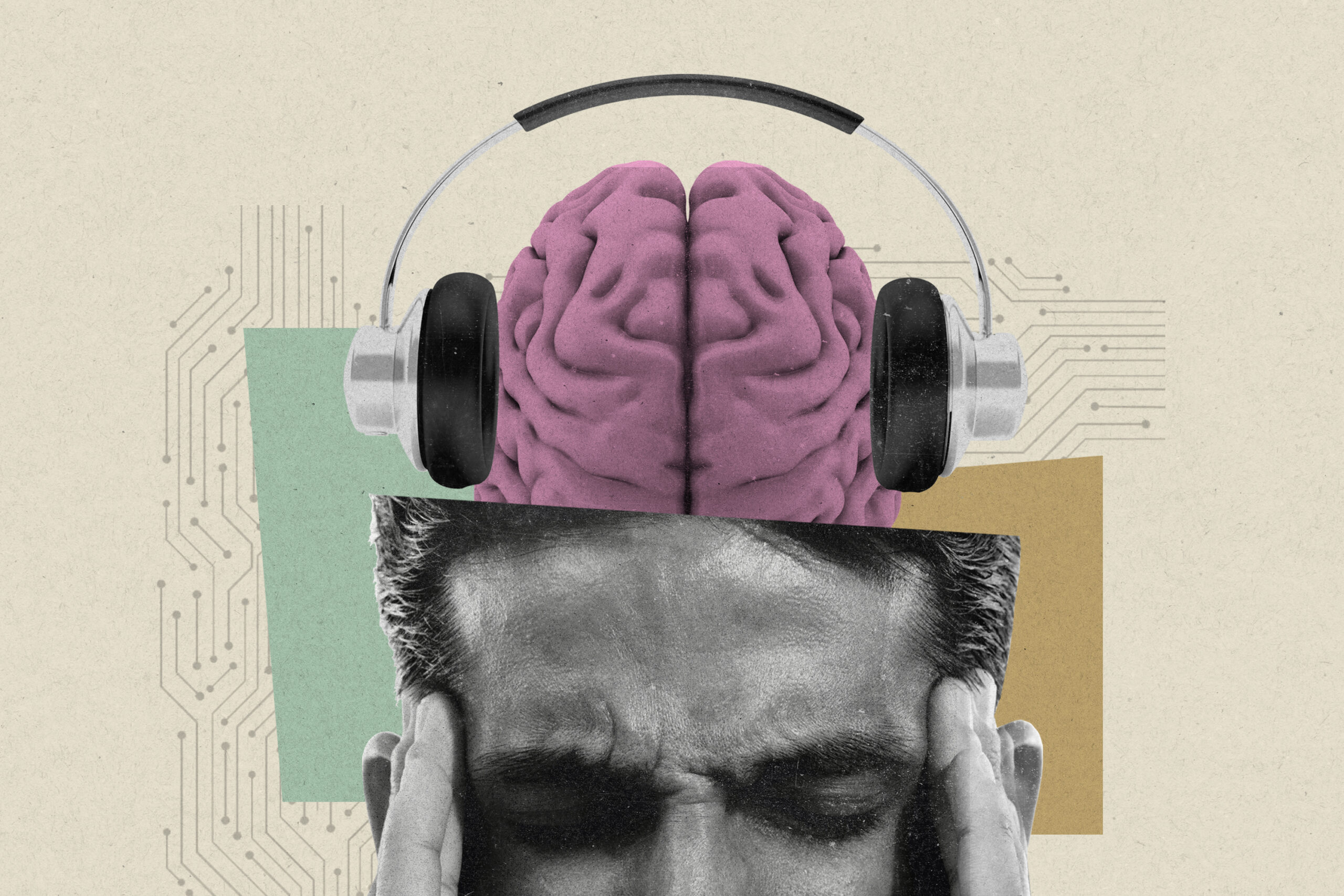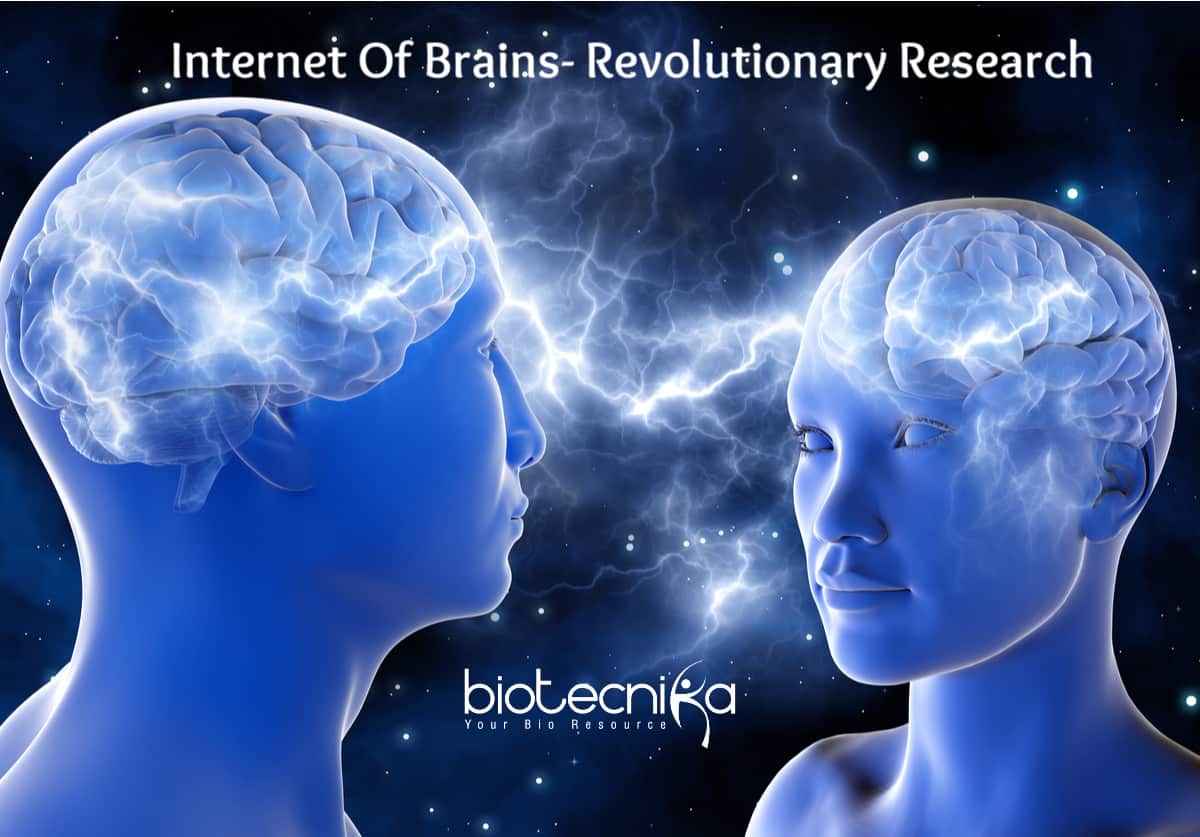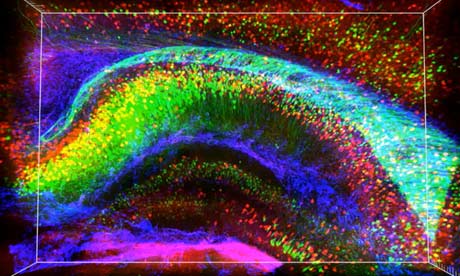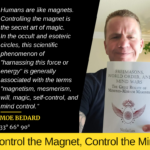Mind control is the art of controlling your own mind and/or the minds of other people. If you do not properly manage and control your thoughts, this leads you to become more susceptible to other entities manipulating or controlling your mind and physical actions.
As I have said before, you either control your own mind or something or someone will do the thinking for you.
If you are not careful and in control of your own mind, this leads to the dissociation of self-identity that causes altered states of consciousness and reality within a person.
Dissociation is a fascinating and mysterious psychological phenomenon experienced by approximately 2-10% of the population. It is commonly described as a feeling of sudden detachment from one’s identity and environment, akin to an out-of-body experience.
As if their authentic self is held as a prisoner within their own bodies which have become a prison for their souls. A defacto coping mechanism of the mind in order to deal with an illness or disease of the brain and the world around us.
According to Stanford Scientist, Karl Deisseroth, MD, PhD, “This state often manifests as the perception of being on the outside looking in at the cockpit of the plane that’s your body or mind — and what you’re seeing you just don’t consider to be yourself.”
One way this is accomplished is through trauma, brain disorder and another method is through drugs like LSD and ketamine.
A 2021 study by Stanford University found:
“The researchers recorded electrical signals from the patient’s cerebral cortex and stimulated it electrically to try to determine the point of origin of the seizures. Whenever the patient was about to have a seizure, the study’s authors discovered, it was preceded not only by the dissociative aura but also by a particular pattern of electrical activity localized within the patient’s posteromedial cortex.
This activity was characterized by an oscillating signal generated by nerve cells firing in coordination at 3 hertz, or three cycles per second. And when this region was stimulated electrically, the patient experienced the dissociative aura without having a seizure.”
In many of my previous articles about the science of mind control, I explain how many people have different brain waves depending on if they truly use and engage their brains with deep thinking or if they simply use it to record and repeat information they learn.
The mental and intellectual divide between people who truly think and those who do not can be measured via their brain waves in the form of oscillations that is the science we call “hertz”.
“This state often manifests as the perception of being on the outside looking in at the cockpit of the plane that’s your body or mind — and what you’re seeing you just don’t consider to be yourself,” explained senior author Karl Deisseroth, MD, PhD, in a Stanford Medicine news release.
The frequency of delta waves is between 1 and 3 Hz. Delta waves are high-amplitude waves located frontally in adults and posteriorly in children. They can also be found in the thalamus. Physiologically, these waves are salient during slow-wave sleep, but only in adults.
It can manifest in various forms, such as depersonalization (feeling detached from oneself) and derealization (feeling detached from the environment). This experience can be transient or chronic, and it may be triggered by various factors, including stress, trauma, anxiety, or even certain medical conditions.
The central aspect of this clinical phenomenon revolves around a profound disturbance in one’s perception of self and consciousness. Typically, during childhood, individuals naturally develop a unified and coherent sense of self. However, when confronted with traumatic experiences, certain individuals who possess the ability to dissociate, possibly influenced by genetic factors, may find themselves fragmented into distinct self-states.
These self-states are often described by patients as a sense of detachment from their core identity, as if they are disconnected from their true selves.
According to information provided by The Sidran Institute, an organization dedicated to the study and support of individuals with trauma and dissociation, dissociative identity disorder (DID) is a complex psychological condition characterized by a person experiencing a sense of having multiple entities or distinct personalities within themselves.
Each of these entities possesses its unique way of thinking and remembering, which leads to a coexistence of multiple identities within one individual. It is crucial to emphasize that despite the apparent differences among these alternate states, they all represent various facets of a single, integrated person.
DID, formerly known as multiple personality disorder, is recognized in the Diagnostic and Statistical Manual of Mental Disorders (DSM-5) as a dissociative disorder. Individuals with DID may exhibit shifts between these alternate states, often referred to by various names such as “alternate personalities,” “alters,” “states of consciousness,” or simply “identities.”
One common form of mild dissociation is daydreaming, where individuals become deeply immersed in their thoughts and mentally detach from the present moment. Another example is highway hypnosis, which often happens during long drives when people feel like they are on “autopilot,” losing awareness of their surroundings while driving safely. Additionally, getting absorbed in a captivating book or movie can lead to a temporary dissociation, where individuals may momentarily forget about their immediate environment and become fully engrossed in the story.
Overall, dissociation exists on a spectrum, ranging from common, day-to-day experiences of losing touch with immediate surroundings to more complex and potentially concerning manifestations.
The research findings point to a specific protein found in certain cells as a crucial factor in the experience of dissociation.
To investigate this, the research team employed a technique called widefield calcium imaging to monitor the brain-wide neuronal activity in laboratory mice. They examined the changes in brain rhythms after administering various drugs known to induce dissociative states, namely ketamine, phencyclidine (PCP), and dizocilpine (MK801).
At a specific dose of ketamine, the mice exhibited behaviors indicative of dissociation. For example, when placed on an uncomfortably warm surface, they responded by flicking their paws, but didn’t take the usual action of licking them to cool off, suggesting a disconnection from their environment.
The administration of ketamine induced oscillations in neuronal activity in a region of the mice’s brain called the retrosplenial cortex, which is essential for cognitive functions like navigation and episodic memory. These oscillations occurred at a frequency of about 1-3 hertz (three cycles per second). Further investigation using two-photon imaging at higher resolution revealed that these oscillations specifically occurred in layer 5 of the retrosplenial cortex. Additionally, the researchers recorded neuronal activity in other brain regions.
Interestingly, ketamine caused a disruption in functional connectivity between the retrosplenial cortex and other parts of the cortex and subcortex. Many of these brain regions no longer communicated effectively with the retrosplenial cortex.
To delve deeper, the scientists utilized optogenetics, a method that employs light to control neural function, to stimulate neurons in the retrosplenial cortex of the mice. By stimulating at a 2-hertz rhythm, they were able to induce dissociative behavior in the animals similar to what ketamine caused, but without using drugs.
These experiments highlighted the role of a specific type of protein, an ion channel, in generating the hertz signal responsible for the dissociative behavior in mice. This discovery raises hope that this protein could be a potential target for future treatments related to dissociative states.
SOURCES:
https://pubmed.ncbi.nlm.nih.gov/18729565/
https://www.psychiatry.org/patients-families/dissociative-disorders/what-are-dissociative-disorders
https://med.stanford.edu/news/all-news/2020/09/researchers-pinpoint-brain-circuitry-underlying-dissociation.html
The Sidran Institute. “Dissociative Identity Disorder (Multiple Personality Disorder).” Retrieved from: https://www.sidran.org/resources/for-survivors-and-loved-ones/dissociative-identity-disorder-fact-sheet/
https://www.bbrfoundation.org/content/researchers-discover-rhythm-cortex-involved-causing-dissociation

Moe is the founder of GnosticWarrior.com. He is a father, husband, author, martial arts black belt, and an expert in Gnosticism, the occult, and esotericism.









